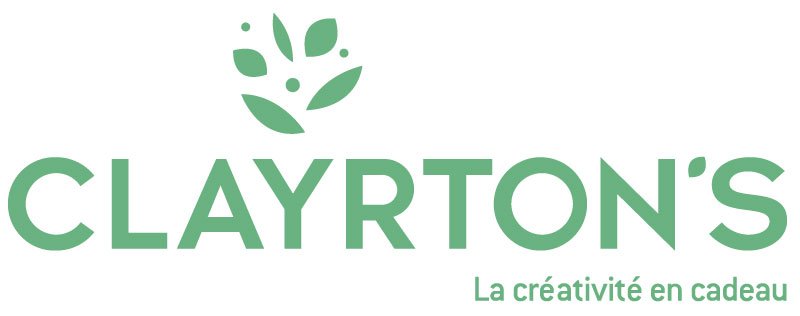Creation of the company & launch of the headline.
OUR HISTORY
A French FIERCE since 1968
Ideally located in Roubaix in northern France, right in the heart of Europe, Clayrton’s occupies 17,000 m² of a former textile factory. Included in this space are a printing plant, manufacturing workshops, a storage warehouse and design offices. On average, 15 tonnes of finished products are shipped from this site every day.

1968
1974
New activity: Cutting and packaging of polypro films for flowers and plants
1987
Launch of kraft and tissue paper
1999
Change of logo and graphic charter
2000
Manufacture of bouquet covers
2001
Launch of Rapid'eau, for bouquets with water reserve
2007
CSR approach. 100% water-based printing
2008
Winner of the Environmental Performance Trophy, Regional Innovation Trophy
2010
PEFC certification, for 100% kraft from managed forests
2010
imprim'vert & iso 14001 certification
2012
1st edition of Clayrton's Academy
2013
Eco-responsible florists label
2014
Takeover of CLC, expansion of the tissue paper range with the 'Sirius'.
2015
Takeover of Créastyl
2016
Guaranteed French origin certification
2017
New logo and graphic charter for Créastyl
2018
Clayrton's celebrates 50 years of innovation in the flower and gift wrap market
Origin france
Ideally located in the heart of Europe, in Roubaix in Northern France, Clayrton’s occupies 17,000 m² of a former textile factory. It includes a printing plant, manufacturing workshops, storage warehouse and design offices.
On average, 15 tons of finished products are shipped from this site every day.

Certified imprim'vert company
The aim of the Imprim’Vert® mark is to encourage the implementation by the companies carrying out printing activities, of concrete actions leading to a reduction of the impacts of the activity on the environment.
Certification
iso 50001
The ISO 50001 certification we hold is dedicated to the rational use of energy. In France, there were 770 ISO 50001 certified companies in 2018. Every year, ISO conducts audits to ensure that we are constantly improving and avoiding the waste of fossil fuels (e.g. gas, oil).
To maintain this certification, we make every effort to: reduce our consumption, choose more sustainable sources of energy, invest in and opt for less energy-intensive technologies.

